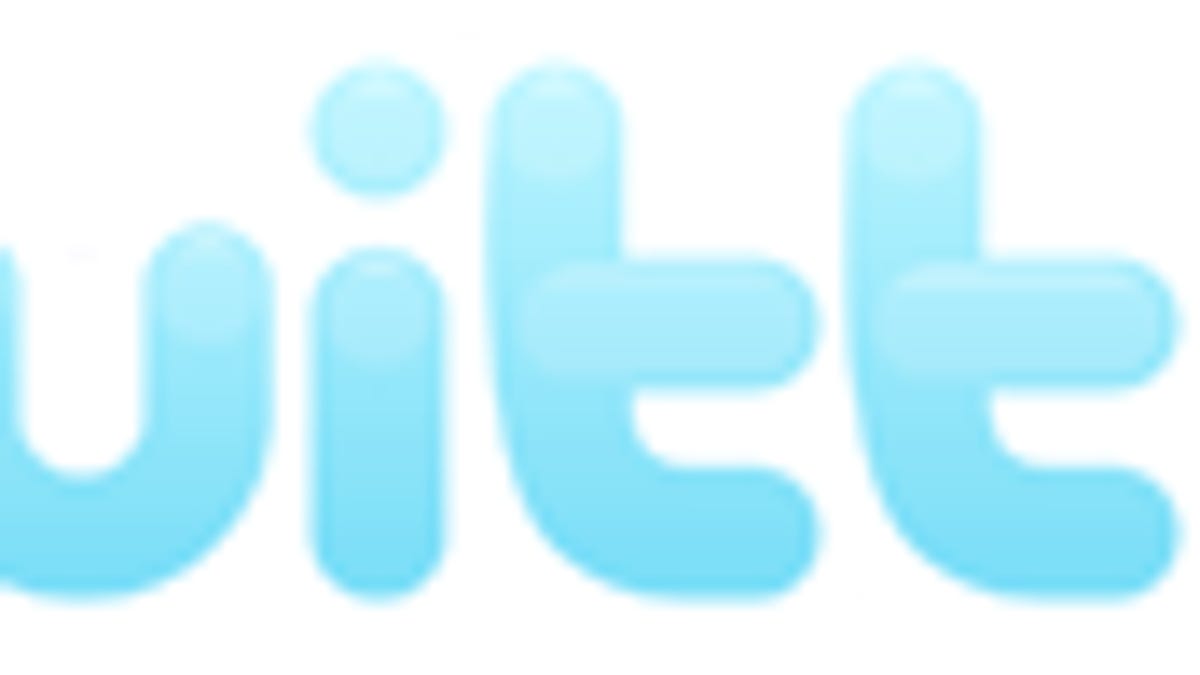Meet Twitter's new developer diplomacy
At the risk of looking like a big, bad tech company if it copied start-up TweetMeme's own business, Twitter put together an elaborate partnership...which forced TweetMeme to change its business model anyway.

When rumor broke that Twitter would be launching official "tweet" buttons for third-party sites, the first question for many was: How will they deal with TweetMeme, the third-party company that already operated Twitter sharing buttons and a Digg-like aggregation page?
To be sure, official Twitter "tweet this" buttons just had to be on the way--Facebook's "like" button continues to proliferate--in order for Twitter to avoid being completely eclipsed as the hub of choice for social-media sharing. But the lack of a formal Twitter tweet button had led to TweetMeme's filling of that void and impressive proliferation. So, in this case, Twitter needed to get diplomatic.
Ever since Twitter held its inaugural Chirp developer conference in April and rolled out a series of announcements that signaled that it was going to be far more proactive in how it managed and surveyed the microblogging masses it had enabled in the first place, developers began to voice concern over just how many third-party apps Twitter stood a chance of snuffing out. There were loads of Twitter clients that were forced to rethink their business models after Twitter selected Tweetie as its iPhone app of choice (though, to be fair, most of them are still around months later), and quite a few URL shorteners that may have been threatened by the advent of Twitter's own shortening tool.
The case of TweetMeme was a little different. If a blog or media publisher wanted to count and share retweets, there wasn't a real mess of options for them to choose from. TweetMeme was the obvious way to go, and the start-up had plenty of relationships in place with some very major digital publishers that Twitter would have needed to win over in order to spread the new tweet button across the Web. The start-up had been pegged by some tech pundits as a potential acquisition target for Twitter as a result of this domination; that didn't happen.
Nor are the companies commenting on what financial terms may have been in place in the deal that ultimately was birthed, or what back-and-forth that went on to form Twitter and TweetMeme's close new data analytics relationship.
"We're not really disclosing the specifics of the deal," Twitter representative Carolyn Penner told CNET via e-mail.
So what resulted? Well, from Twitter's blog: "(TweetMeme has) already made it easier to share links on Twitter and have helped a tremendous number of publishers get their content into Twitter. We're pleased to be working closely with the good folks at TweetMeme and, from here on out, they will be pointing to the Twitter Tweet Button."
And from TweetMeme's: "Twitter is launching its own Tweet Button and we are very pleased to be partnering with them to continue to grow the overall Twitter ecosystem...We will be assisting Twitter with the technical challenges involved with the button and secondly we will be working even more closely in the future on delivering real-time curation of the Twitter Firehose. This will manifest itself in the launch of a number of new products." The first, TweetMeme explains, is called DataSift.
In spite of what appears to be a very careful and calculated partnership, some critics still think Twitter is effectively screwing over TweetMeme. But it could actually have been a boon for TweetMeme's balance sheet: TweetMeme founder Nick Halstead hinted in an interview with TechCrunch that the TweetMeme buttons may not have actually made very much money for the start-up. Preferential access to Twitter "firehose" data may yet prove more profitable.
Launching official tweet buttons, complete with ensuing suggested links for accounts to follow based on the subject matter of the link being shared and a pre-shortened URL that's been run though Twitter's own t.co shortener, is another sign that Twitter is working actively to rein in an "ecosystem" that had grown dominated by third-party applications to the extent that Twitter itself was more or less just powering the basic function of pushing out 140-character messages. That, as the company seems to have finally realized, was not particularly conducive to a business model.
In the midst of speculation about Google and Facebook going after one another on the virtual commerce and social gaming fronts, Twitter had fallen off the radar a bit when it came to placing bets on who might take the biggest share of the social Web. But on the most basic level, Thursday's unveiling of the tweet button and the partnership with TweetMeme is a reminder that Twitter is nevertheless powerful enough to force a major shift in the business model of one of its most popular third-party apps.
Disclosure: CBS Interactive, parent company of CNET, had used TweetMeme buttons and was one of Twitter's launch partners for the tweet button.

